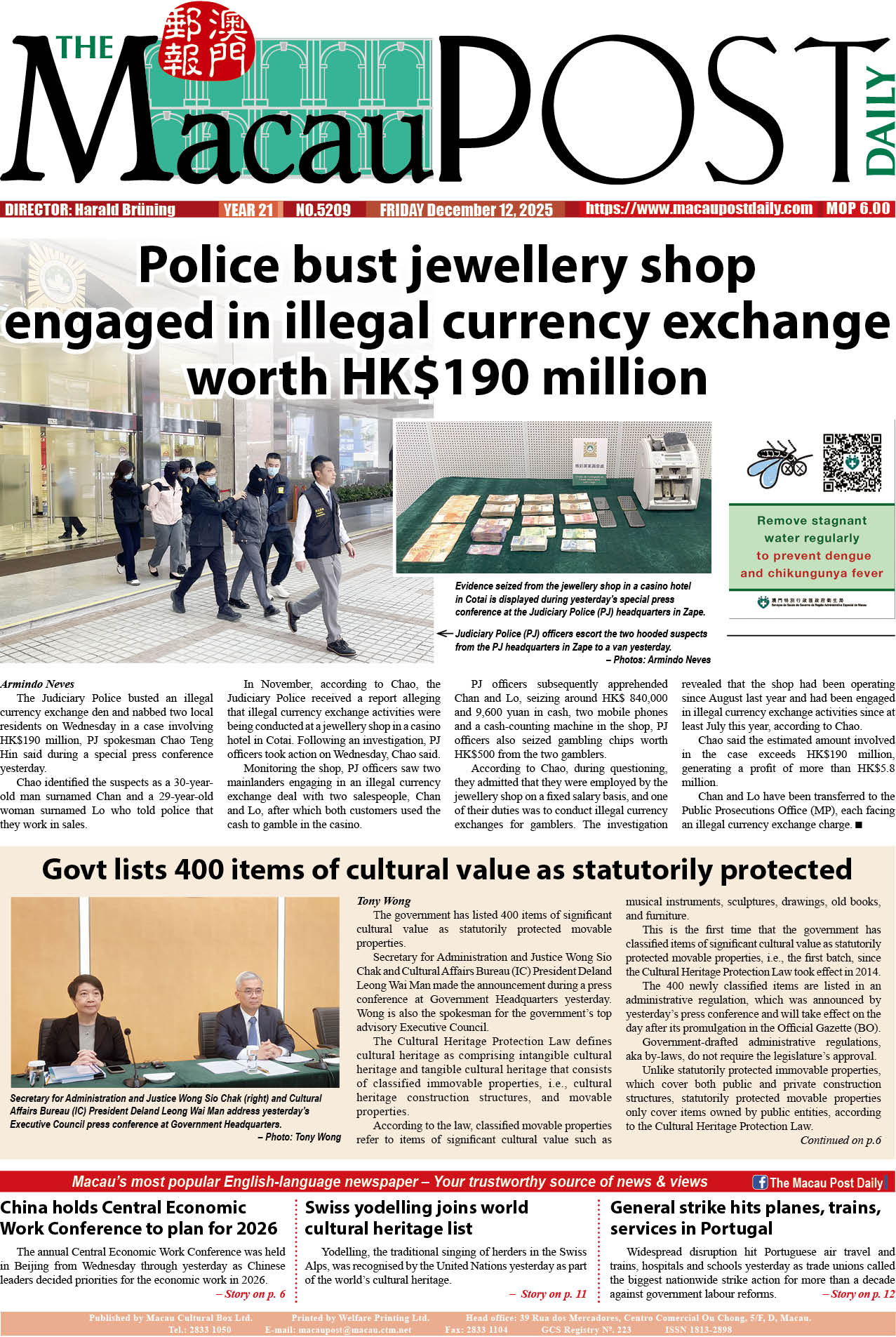Analysis
SHANGHAI – Decisive, swift and tailored measures are being implemented across China to contain the latest novel coronavirus flare-ups.
The Chinese mainland on Monday detected 1,228 new confirmed cases of domestic infection, including 1,055 in the northeastern province of Jilin and 96 in Shanghai, along with 5,658 local asymptomatic cases, the National Health Commission (NHC) said in its daily announcement yesterday.
The highly contagious and elusive Omicron variant has constituted a new threat to existing anti-epidemic measures.
The nation’s economic hub Shanghai, where over 4,300 asymptomatic carriers were logged within a day, launched a new round of citywide nucleic acid testing starting from 5 a.m. on Monday.
The megacity with a population of over 24 million has been split into two parts to enforce temporary closed-off management between March 28 and April 5 to hunt down possible infections and curb the spread of the virus. Within 20 hours, more than 8.2 million people had been sampled.
Local authorities said the measure is being taken to curb the spread of the virus, protect people’s lives, and achieve the dynamic zero-COVID target as soon as possible.
NECESSARY QUARANTINE MEASURES
The booming number of asymptomatic cases has brought unprecedented pressure to quarantine venues in Shanghai.
An orderly and swift quarantine procedure to harbor as many infections as possible is vital to ensuring effective epidemic prevention and control measures against the Omicron variant, according to Chen Erzhen, who is in charge of medical treatment in Shanghai’s isolation venues.
“Though highly transmissive, the virulence of the Omicron variant is gradually decreasing, which explains the large number of asymptomatic infections,” noted Chen.
“But for some elderly people with underlying disease, there’s a risk of aggravation, so isolation is requisite at this moment,” Chen said.
In northeastern Jilin province where most of the confirmed cases were reported, rounds of mass testing have been launched.
Zhang Li, deputy director of the provincial health commission, said that strict prevention and control measures have managed to contain the spread of infections, but a high level of risk remains due to the large number of infected people in the early stage.
Zhang added that nucleic acid testing and effective quarantine measures are still needed to further contain the spread of the virus.
A total of 19 makeshift hospitals have been built in Jilin. Shanghai on Saturday converted the over 150,000-square-meter Shanghai World Expo Exhibition and Convention Center into an isolation venue that can accommodate about 7,000 people.
“Our medics are assiduous and overloaded. Their working hours in hazmat suits have been extended from six hours to over 10 hours a day,” said Chen, stressing that the main focus of the medical team has been early treatment.
Similar makeshift hospitals are also being constructed in other provincial-level regions including Liaoning, Hunan, Inner Mongolia and Jiangxi.
BALANCE BETWEEN EPIDEMIC CONTROL, ECONOMIC ACTIVITIES
While sticking to the dynamic zero-COVID principle, authorities at all levels are trying their utmost to keep economic activities running and people’s lives largely undisturbed.
Though services including bus, subway, ferry, taxi and online ride-hailing are suspended in the areas under closed management in Shanghai, the city’s airports, railway stations and international passenger and freight terminals are operating normally.
Official data show the container throughput of Shanghai Port remains at a high level of around 140,000 TEUs per day.
As one of the busiest financial centers in the world, major financial trading platforms located in Pudong New Area, including the Shanghai Stock Exchange, Shanghai Futures Exchange and China Financial Futures Exchange, are all running smoothly.
The new round of citywide testing is an optimized version of the original grid screening, or extensive screening of citizens in key districts, industries and key groups, which Shanghai had earlier initiated, according to Wu Fan, a member of the Shanghai municipal COVID-19 prevention and control expert team.
“The move is helpful to quickly contain the upward trend of the epidemic situation, and cut off transmission in communities as soon as possible,” said Wu.
Foreign firms also expressed confidence in China’s anti-epidemic efforts.
“Shanghai is a city full of resilience and vitality. It has a solid economic foundation, sound business environment and open and inclusive genes. For global enterprises, these advantages will not be weakened by the epidemic,” said Wang Yunfeng, president and chief executive officer of HSBC Bank (China) Co. Ltd. – Xinhua
A medical worker from Zhejiang province takes a swab sample from a resident for a nucleic acid test (NAT) at a COVID-19 testing site in Shanghai’s Pudong district on Monday. – Xinhua

A worker, wearing protective gear, guards the entrance to a neighborhood in lockdown as a preventive measure against the COVID-19 coronavirus, in Shanghai’s Jing’an district yesterday. – Xinhua

A volunteer guides residents as they queue to undergo nucleic acid tests for COVID-19 in Shenyang, capital of northeastern Liaoning province, yesterday. – Xinhua







